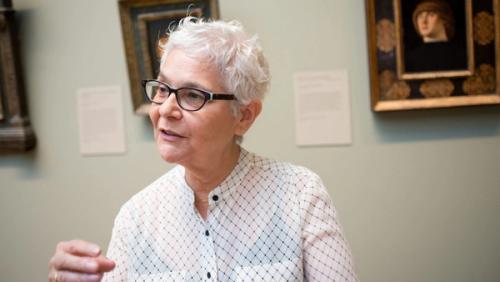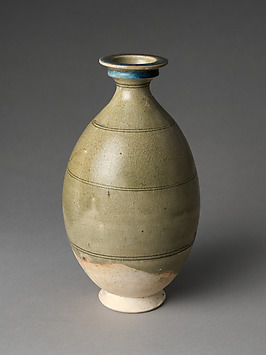Situated on the great plateau of central Iran, Nishapur was for centuries an important political and cultural center: a seat of governmental power in eastern Islam, a dwelling place for diverse ethnic and religious groups, a trading stop on commercial routes from Transoxiana and China, Iraq and Egypt. Nishapur's most significant period—the one covered in this book—extended from the ninth century to 1221, when, after repeated earthquake disasters and military occupations, the city was devastated by the Mongols. Much of the history of Nishapur is reflected in the most durable of her remains: the pottery that was either produced there or brought there from other centers, east or west. Some 800 examples of this pottery are treated in detail in the present study, including exquisite creations of master potters and designers, utilitarian wares of many kinds, and pieces so poorly formed or fired that they were worthless in their own day. No matter its variations in quality, the entire collection has information to impart. Prior to the excavations conducted by the Metropolitan Museum's Iranian Expedition (1935–1940), Nishapur was little known. Subsequently, Nishapur pottery and "Nishapur" pottery have entered many museums and private collections. One of the achievements of this long-awaited book—which is in effect a final report on the years of field work—is its certification of greatly diverse material, every bit of which was unquestionably found at Nishapur. Collectors, dealers, and students will find the volume essential, while the broader information it offers, gleaned from the pottery, will be helpful to anyone interested in Islamic art and history. The author, Charles K. Wilkinson, was one of the excavators of Nishapur. The book contains 890 photographs, 350 drawings, 9 color plates, maps, and a bibliography.



















